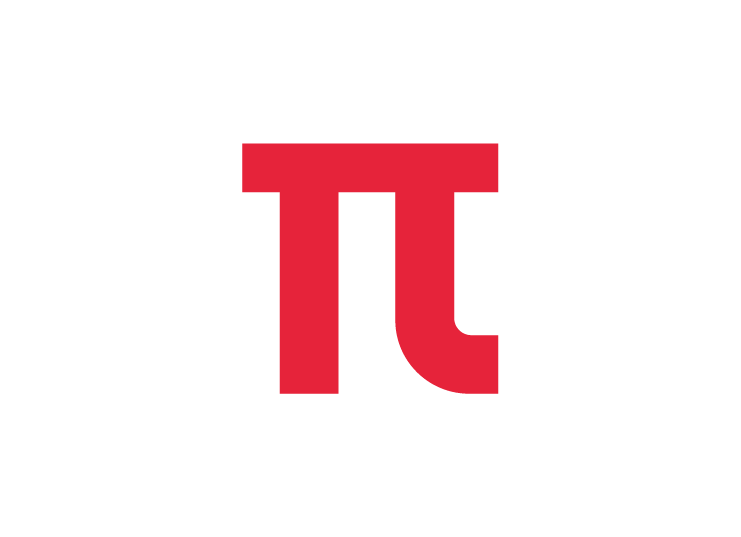The skills we have honed give our skillset shape. Reuben Fletcher-Louis explores the different stacks of skills that could shape the future of work.

While deep expertise — mastery in a single field — has long been prized, the new work world demands something different: breadth. Depth is specialised knowledge in a specific area, like a software engineer mastering machine learning. Breadth is the ability to work across fields, such as that same engineer being familiar with design principles or project management. In modern careers,
it is a combination of the two that counts.
But it’s not always as simple as choosing depth or breadth — many professionals develop a hybrid skill set. Three common skill profiles emerge, each suited to different roles and work environments:

Broad base of capabilities with world-class expertise in one area.

Broad base of capabilities deep expertise in two areas.

Broad base of capabilities; many domains of expertise, with less depth.
T-shaped professional skill sets may suit large companies, where roles are defined by key skills yet still require an understanding of other disciplines and the ability to collaborate effectively across teams. π-shaped professionals’ combination of depth in two domains and a broad foundation makes them particularly valuable in interdisciplinary roles, where bridging gaps between fields is essential. Think about a digital marketeer who can craft a compelling campaign through their expertise in content strategy and data analytics.
While striving for a comb-shaped skillset might seem overwhelming and certainly a challenge to achieve, it is not without its reward. Individuals that have this shape of skillset take a multidisciplinary approach, with expertise in multiple areas to go alongside their wide base of capabilities. Comb-shaped skillsets can belong to the hyper-curious, lovers of chaos, and those successfully leading companies and teams. They have enough depth of knowledge to understand and solve complex problems while potentially utilising the deep expertise of a team member with a T-shaped skillset to get to the best outcome.
There is a balance to strike. Having one area of expertise can make us extremely valuable for specific roles but leave us open to the threat of change and complication. Meanwhile, aiming for expertise across multiple domains might make it tricky to maintain our depth of knowledge.
When it comes to building your team and hiring for a brighter future, we can think about our current depth and breadth and where we can fill the gaps. The best combination for a team might be a blend of T, π, and comb-shaped skill sets. What might the team need for the next hire?
Does the role require deep expertise with some versatility? Think T-Shaped.
Do we need someone who can bridge two distinct areas of knowledge? Find π-shaped.
Is flexibility across multiple domains essential?Hire comb-shaped.
What shape is your skill set? What shape skill set does your team need from its next hire?
